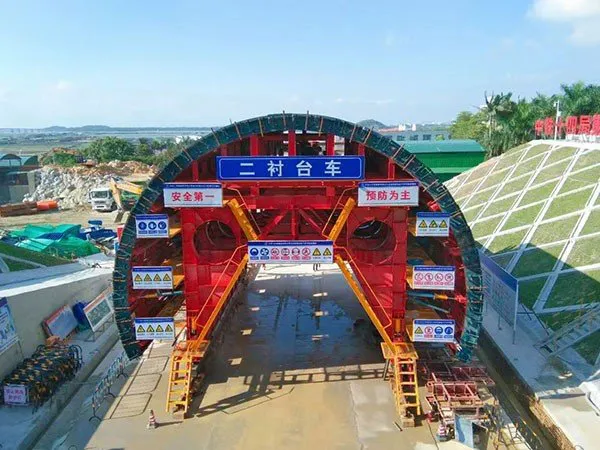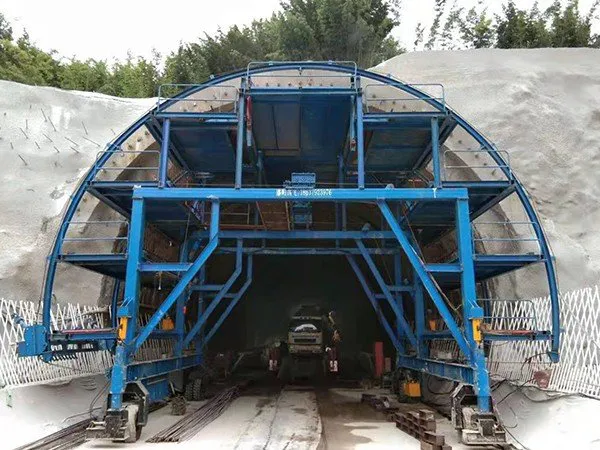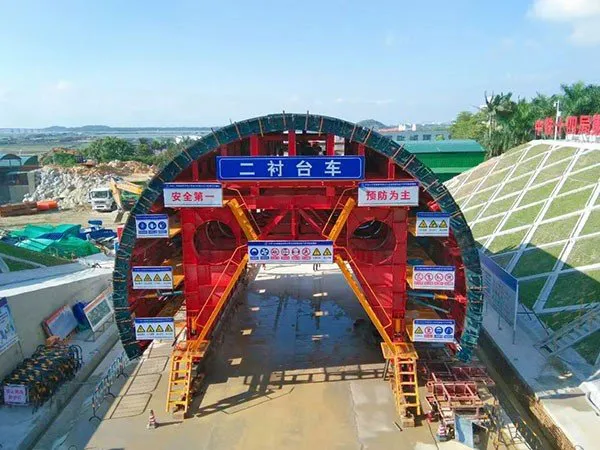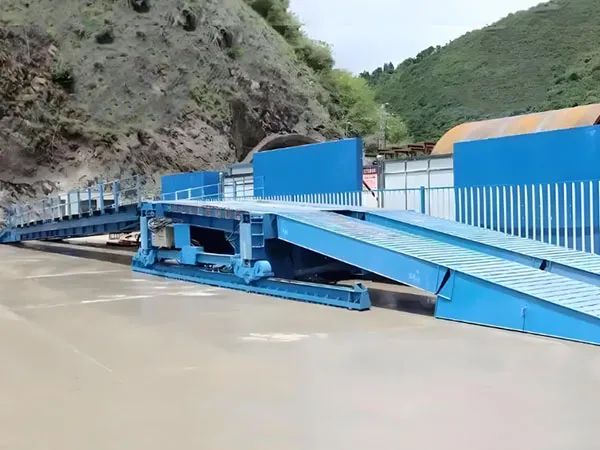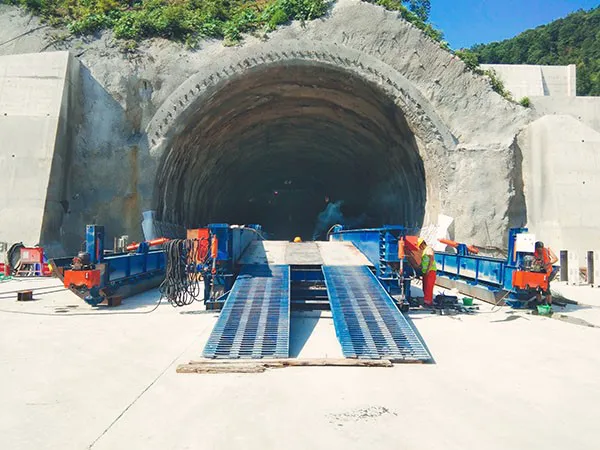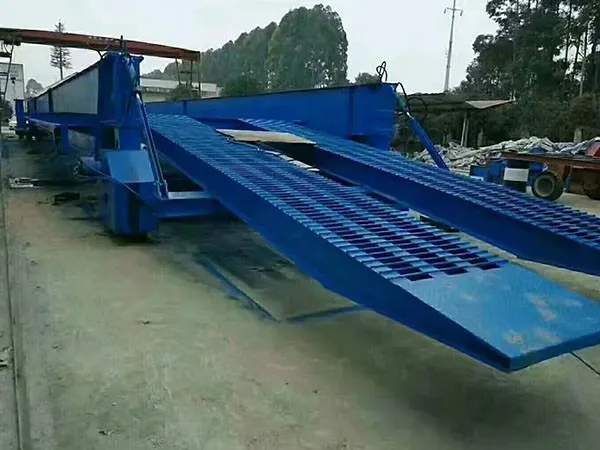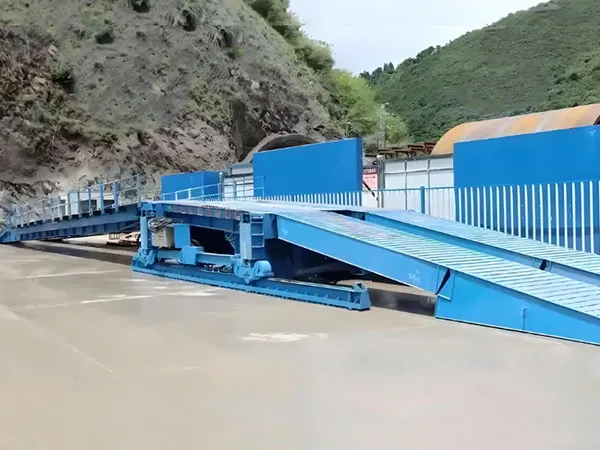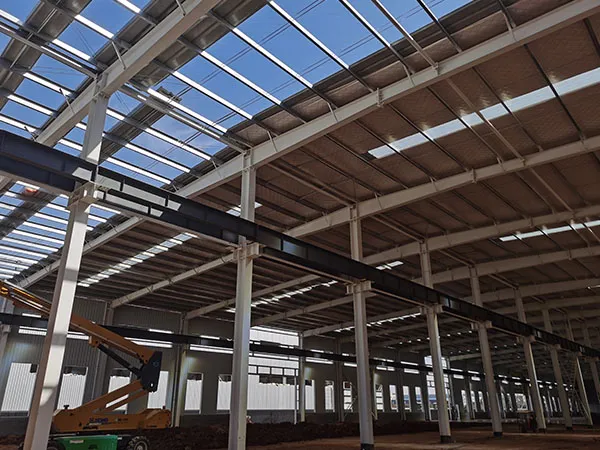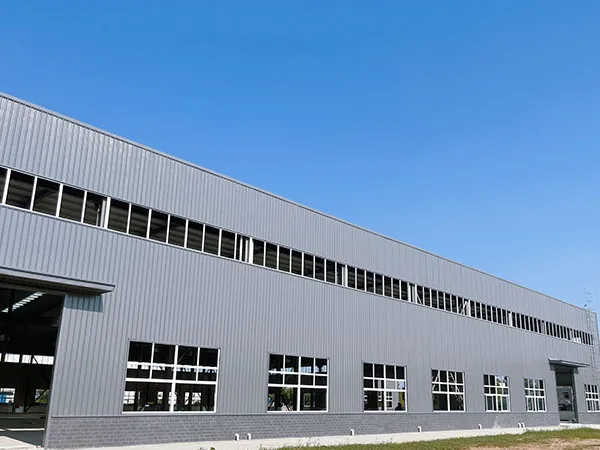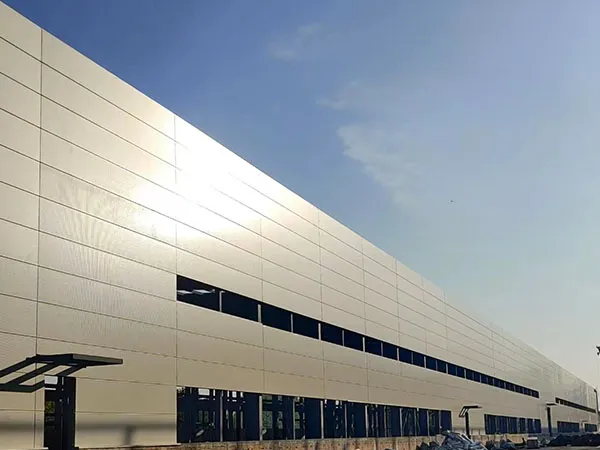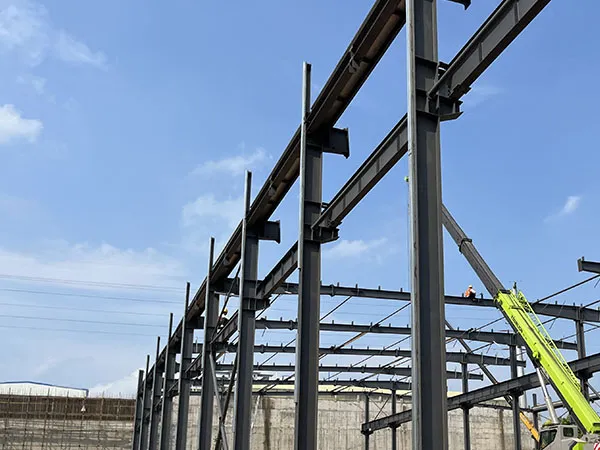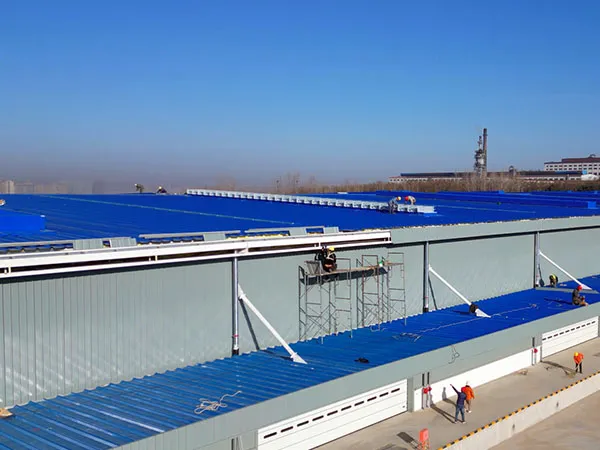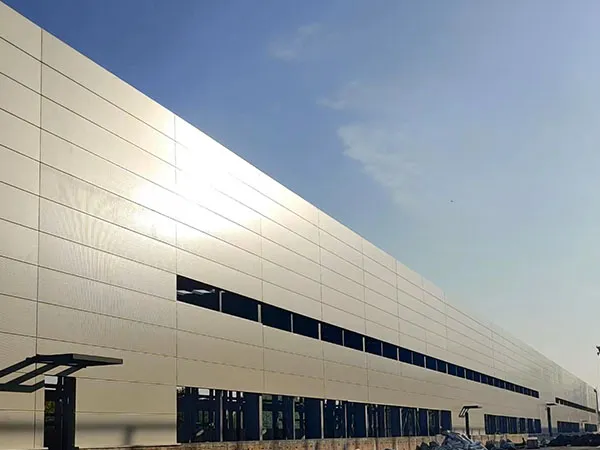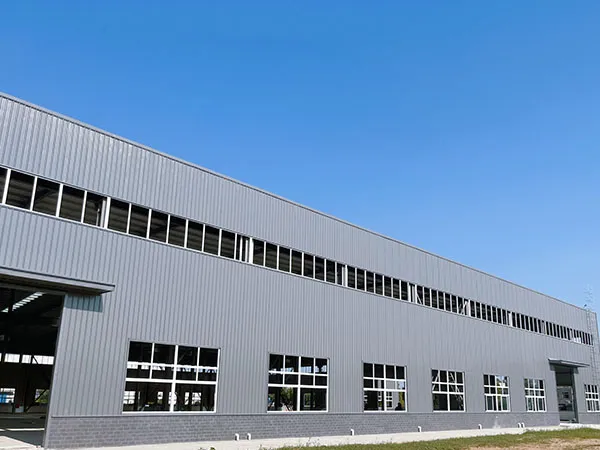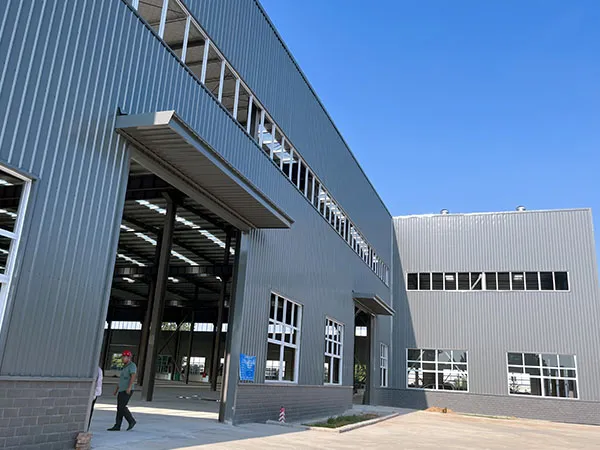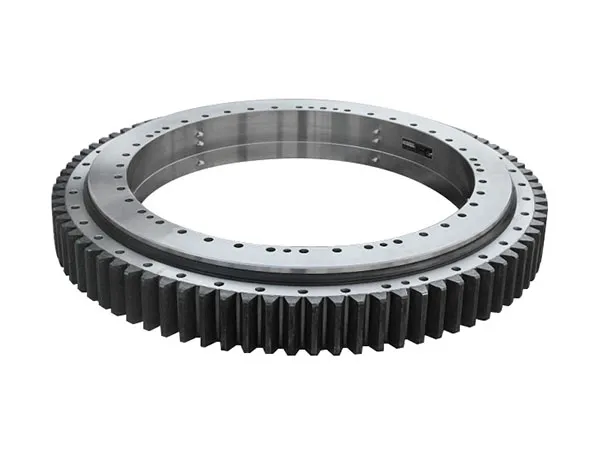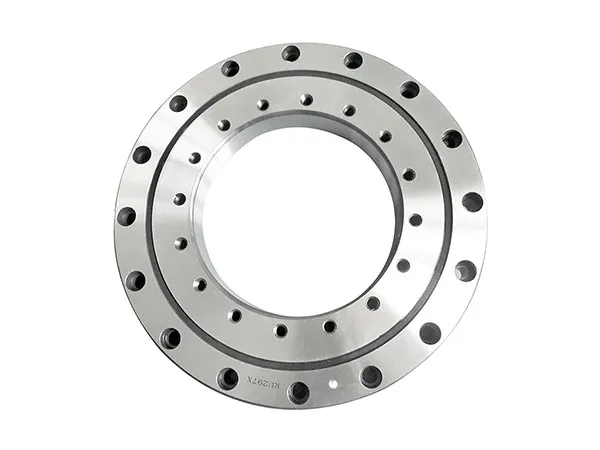Adjusting the discharge opening of a trituradora de cono is a crucial step in controlling the size of the output material. The method for adjustment varies depending on the type of cone crusher and its specific design. Here’s a general overview of common adjustment methods.
Cone Crusher Discharge Opening Adjustment Methods
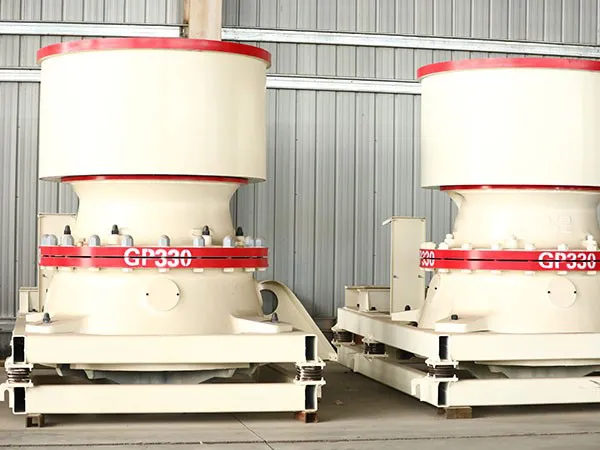
Types of Discharge Adjustment Devices:
Fixed Pulley Adjustment Device:
Uses a rope and pulley system with an external lifting device to rotate the adjusting sleeve.
Rotating the adjusting sleeve changes the distance between the mantle (moving crushing element) y el cóncavo (fixed crushing element).
This method can also be used to unscrew the upper part of the crusher for replacing liners.
For spring cone crushers, compressing the spring increases the discharge opening, while stretching it decreases the opening. The adjusting sleeve controls the spring’s compression or extension.
Hydraulic Pusher Adjustment Device:
Similar principle to the fixed pulley method, where rotation of the adjusting sleeve adjusts the discharge opening.
Instead of ropes and pulleys, hydraulic pushers generate thrust to rotate the adjusting sleeve.
Hydraulic Motor Adjustment Device:
A hydraulic motor directly drives the rotation of the adjusting ring (in multi-cylinder hydraulic cone crushers).
This rotates the fixed cone (cóncavo) up or down within the support sleeve, thus changing the discharge opening.
This method is known for providing easier locking of the discharge opening.
Hydraulic Cylinder Adjustment (for single-cylinder hydraulic cone crushers):
Oil is injected or discharged to the spindle cylinder via an oil pump.
This causes the spindle (and thus the mantle) to move up or down, adjusting the discharge opening.
Sin embargo, this method might make locking the discharge opening more challenging when crushing very hard materials.
General Steps for Adjustment (may vary by manufacturer and model):
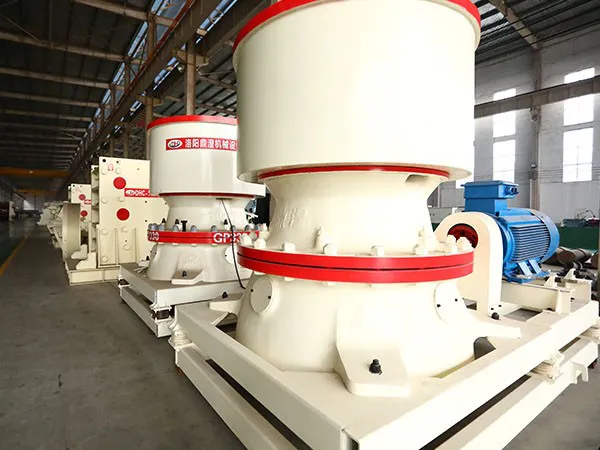
Seguridad ante todo: Ensure the crusher is completely stopped and locked out before attempting any adjustments. Follow all safety procedures outlined in the manufacturer’s manual.
…
More detailed information about how to adjust the discharge opening of cone crusher can be clicked to visit: https://www.yd-crusher.com/a/news/discharge-opening-adjustment-of-cone-crusher.html

